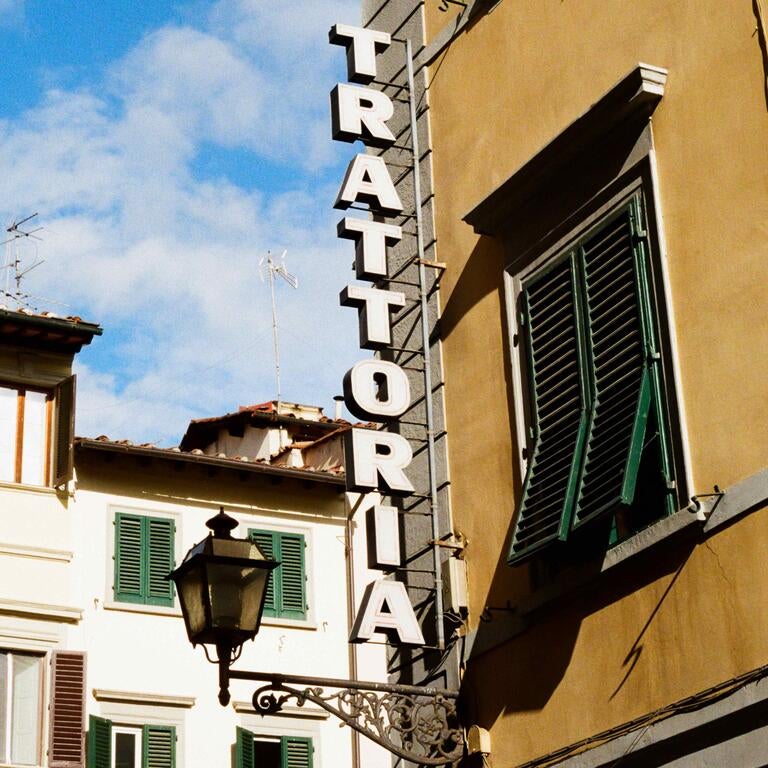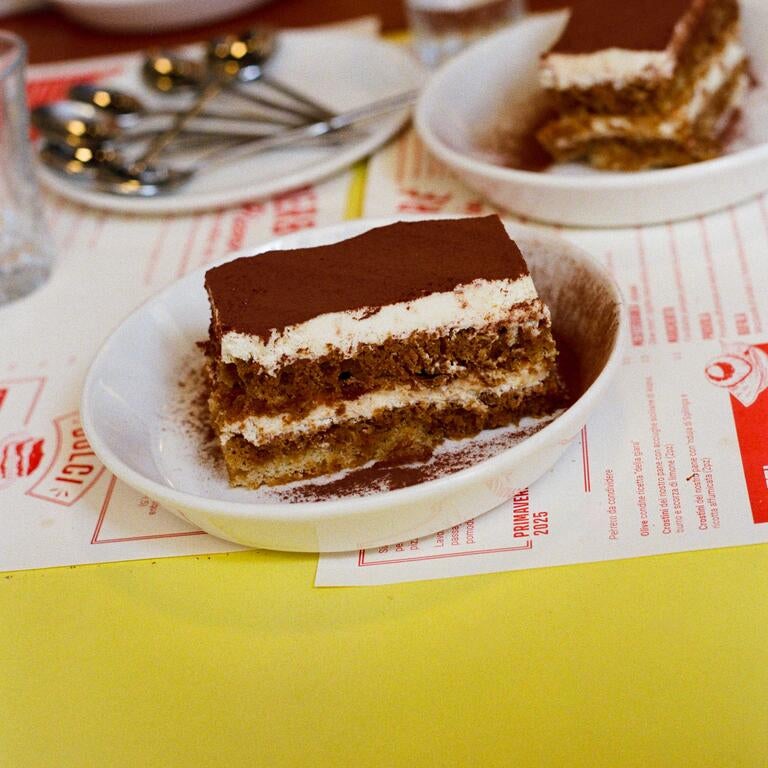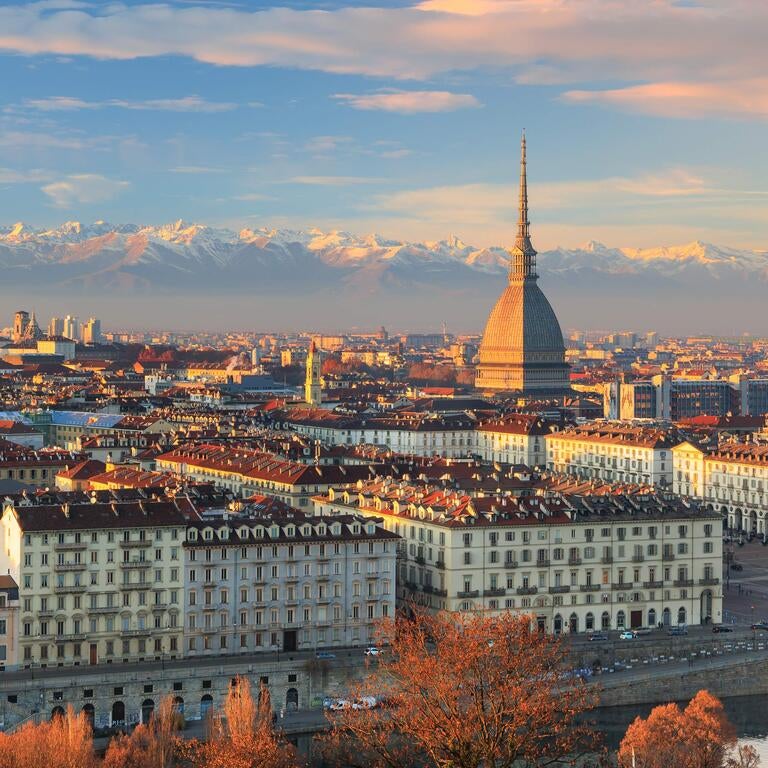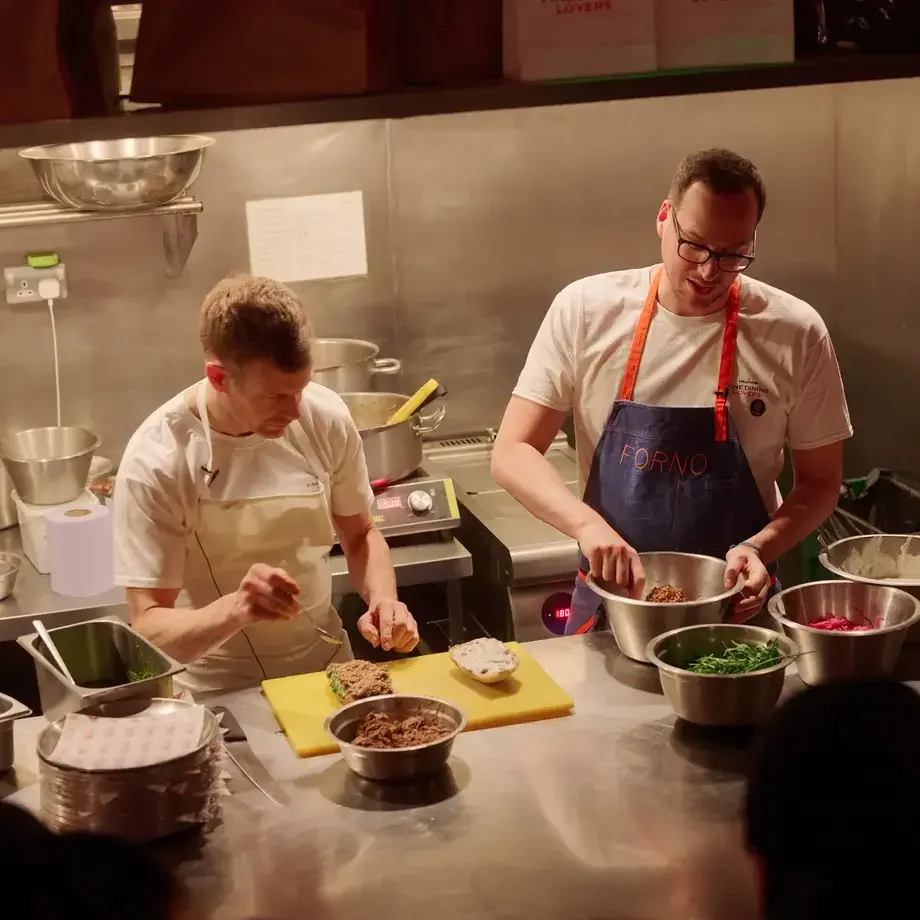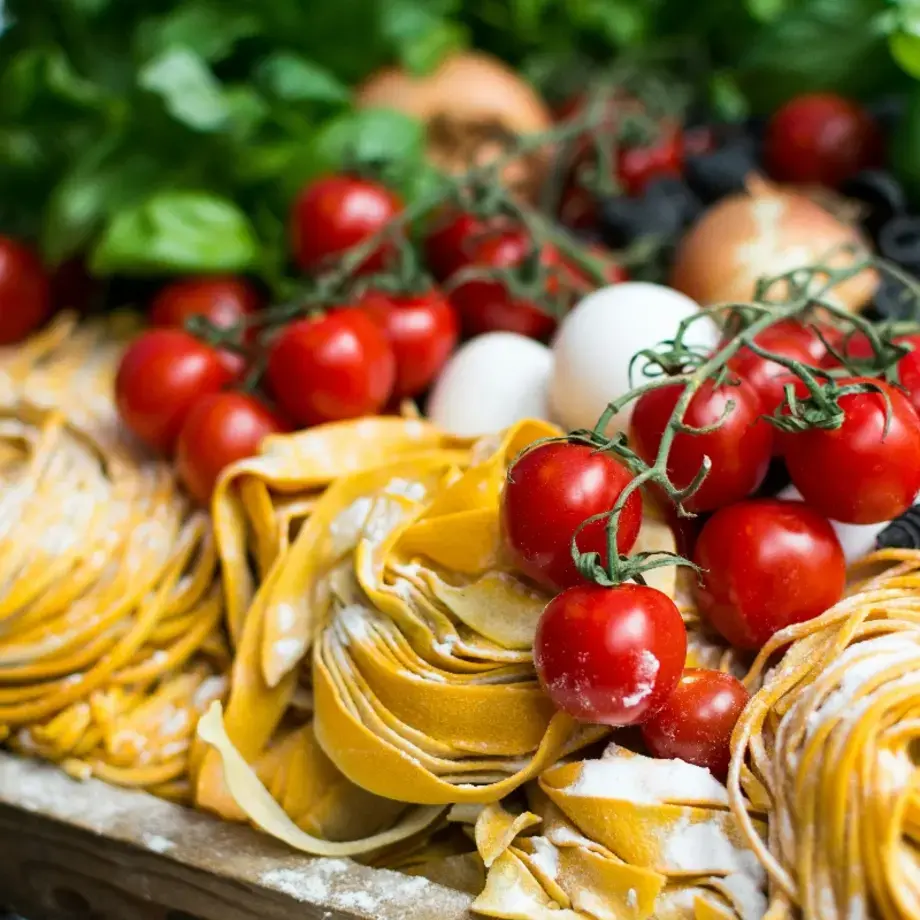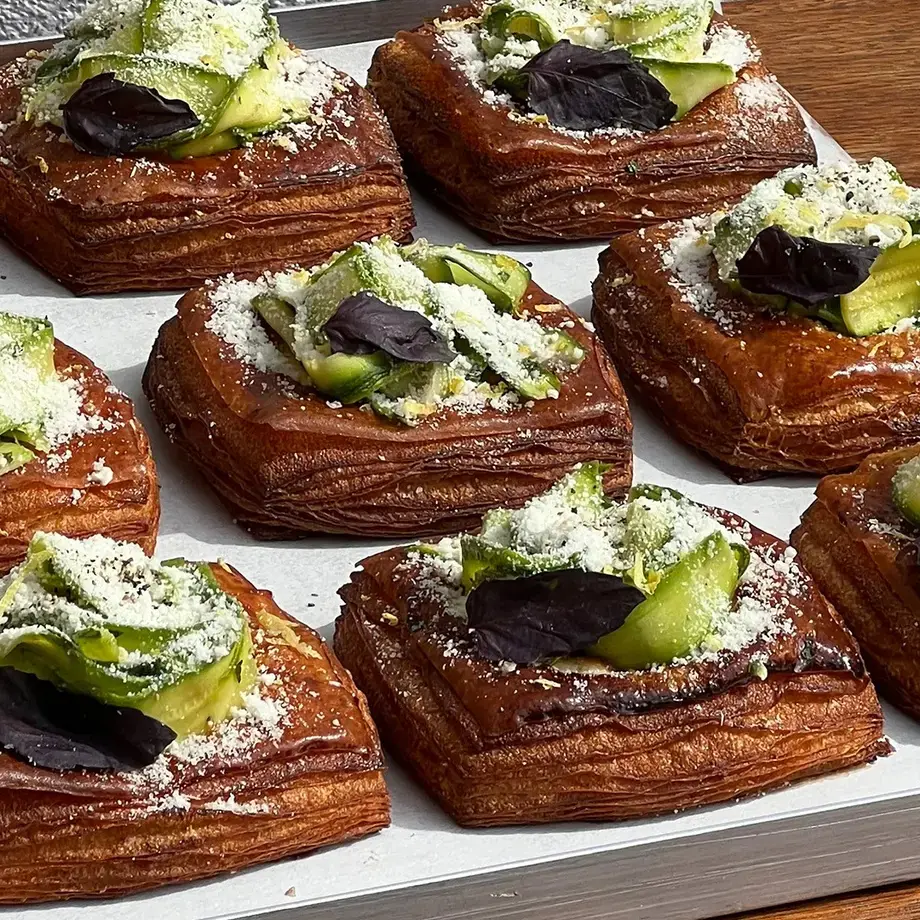Fine Dining Lovers by S.Pellegrino has a deep respect for the rituals, rhythms and everyday beauty of Italian life. Just like Italy Segreta (‘Secret Italy’), the editorial platform celebrating the beauty of the Italian territory and culture. That’s why we’re collaborating with Italy Segrata in support of its latest print edition, ‘A Tavola’ (‘At the table’), which delves into the lesser-known recipes, dishes and ingredients of Italian cuisine.
It’s a collaboration that makes perfect sense: S.Pellegrino has long been part of the table – shining on lunch counters, poured at family meals, and served alongside the moments that define Italian hospitality.
To celebrate this partnership, we grabbed a minute with Italy Segreta co-founder Marina Cacciapuoti to discuss the common misconceptions and little known facts of Italy’s gastronomy. Here are five things Italy Segreta wants you to know about Italian food, in Cacciapuoti’s own words.



